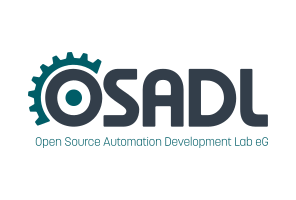Dates and Events:
|
OSADL Articles:
2023-11-12 12:00
Open Source License Obligations Checklists even better nowImport the checklists to other tools, create context diffs and merged lists
2022-07-11 12:00
Call for participation in phase #4 of Open Source OPC UA open62541 support projectLetter of Intent fulfills wish list from recent survey
2022-01-13 12:00
Phase #3 of OSADL project on OPC UA PubSub over TSN successfully completedAnother important milestone on the way to interoperable Open Source real-time Ethernet has been reached
2021-02-09 12:00
Open Source OPC UA PubSub over TSN project phase #3 launchedLetter of Intent with call for participation is now available |
LithOS: a ARINC 653 guest operating for XtratuM
Miguel Masmano, Ismael Ripoll, Yolanda Valiente, Patricia Balbastre and Alfons Crespo, Universidad Politecnica de Valencia, Spain
The ARINC-653 specification provides a standarized interface between the OS within IMA and the application software which specifies the interface and the behavior of the API services but leaves implementation details to OS developers. In this way, the Application Execution(APEX) not only standarizes the definiton of services, but also the interface of the undelying OS. Most of the ARINC-653 implementations are based on separation kernels.
In this paper we present a ARINC-653 guest operating system built on top of XtratuM. XtratuM is an hypervisor designed for embedded safety critical systems which offers the low level functionalities to build ARINC-653 applications as partitions.
LithOS is the ARINC.653 guest OS on top of XtratuM that implements the services defined in the standard. Lithos offers the services:
- Time Management
- Partition Management
- Interpartition communications
- Processes
- Intrapartition communications
- Health Monitoring
- Multiple Schedules
In the paper, we will provide a detailed description of the design criteria and the services implemented. It will be completed with an evaluation of the performance achieved by LithOS.




